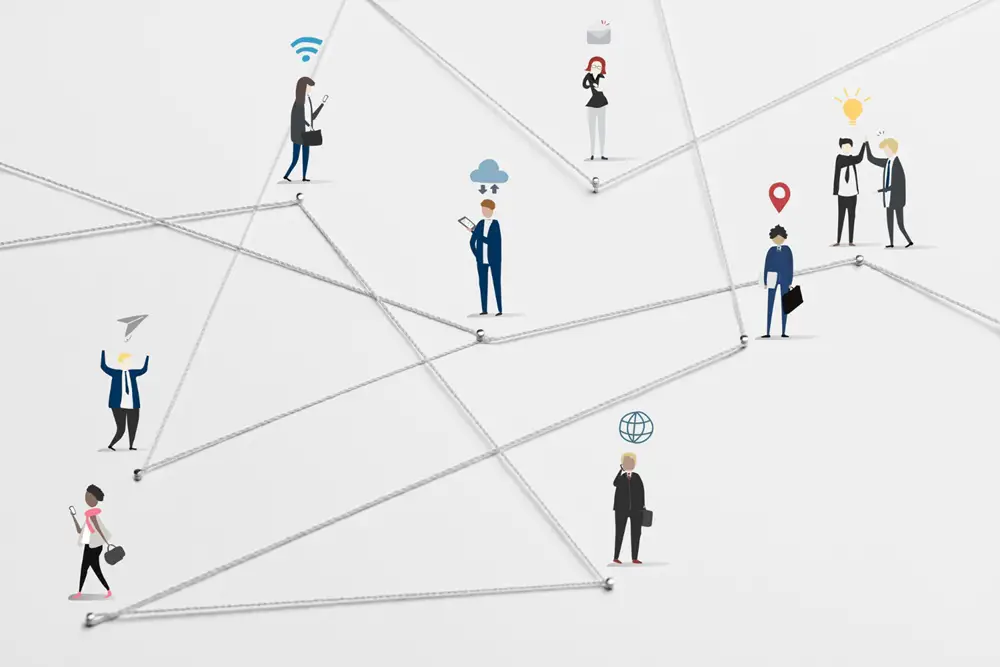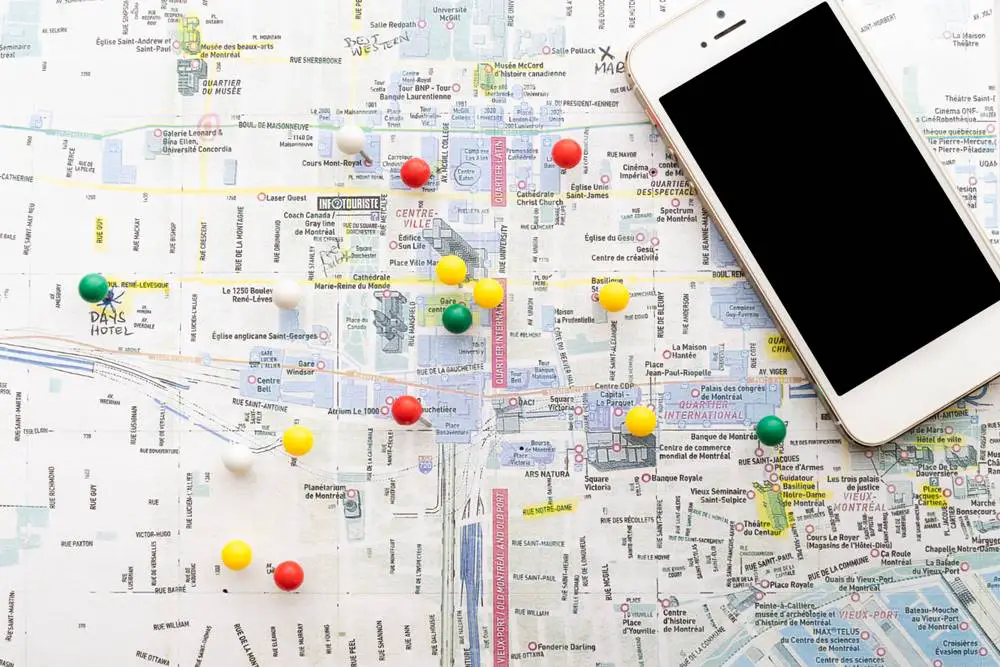In a world that thrives on connections and collaborations, the power of relationships cannot be understated. The first step in harnessing this power is understanding this complex web of relationships. If you’re looking for a deeper dive into how to use relationship mapping effectively, there’s a host of insightful content online. Keep reading as we delve into this crucial topic.

Understanding Effective Relationship Mapping
At its core, relationship mapping is a diagram that indicates the links between individuals within a specific context. Think of it as a snapshot capturing a network of interactions at a particular moment in time. It can be used within an organization to visualize working relationships, enabling a deeper understanding of dynamics within a team or across a department.
This concept is rooted in sociology and has been used for decades to study social structures. However, with the rise of data-driven decision-making, it has found new applications in areas as diverse as human resources management, project management, and sales strategy.
Significance of Relationship Mapping in Networking
Relationship mapping has significant value in networking. When trying to connect with key decision-makers or influencers, it can be a powerful tool to understand how they’re positioned within their respective networks.
For instance, by accurately mapping networks, you can quickly identify the most connected individuals and tailor your networking efforts accordingly. Additionally, it helps in identifying gaps or weak links in a network that might represent opportunities for forging new connections.

Moreover, understanding the relationships between individuals can be invaluable in identifying potential obstacles or opportunities for collaboration. By mapping out the relationships, it becomes easier to navigate the complex web of personal and professional networks.
Practical Approaches to Enhance Relationship Mapping Skills
Developing these skills involves a mix of analytical and empathetic thinking. On one hand, you need to be able to accurately chart and categorize relationships. On the other, you need to be able to empathize with the individuals on your map.
Key to this is the practice of active listening. By genuinely hearing what others say, one can gain deeper insights into the dynamics of relationships. Active listening can be developed through mindful communication practices and regular reflection on past interactions.
Also, consistently seeking feedback can help improve your relationship mapping skills. This can involve asking your colleagues for their insights into the relationships you have mapped, or even asking others to create their maps and comparing them to your own.
Lastly, education is important. Attending relevant workshops or courses, reading up on the latest theories, and actively seeking out new tools and software can all contribute towards enhancing your relationship mapping skills.
Reflecting on the Benefits and Achievements of Your Efforts

Successfully implementing relationship mapping can yield a multitude of benefits. These include but are not limited to improved communication, better project management, and a deeper understanding of team dynamics. It can even positively impact bottom-line metrics like revenue and profit by improving the effectiveness of sales and marketing efforts.
Moreover, relationship mapping can contribute towards better conflict resolution, as it facilitates a greater understanding of people’s motivations, goals, and fears. It can also enhance the effectiveness of stakeholder engagement and advocacy initiatives, as it provides insights into who influences whom.
Conclusion
Overall, relationship mapping is a powerful tool that can provide invaluable insights into the complex dynamics that define our professional lives. It demands thoughtful consideration and regular maintenance but greatly rewards business efficacy.
